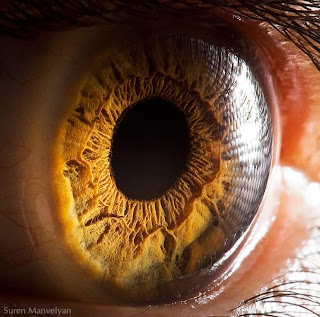Here's a helpful note from Tracey Bell, ecoorchestra.com via Fred Swanson:
======================
I wanted to share a few resources with you for your future explorations into this topic:
I'm not sure if you have connected with the folks that run the Cultural Programs of the National Academies of Science, but you should reach out to them for sure!
One example of national standards for art+science collaborations might be the evaluative criteria for the NEA's Artworks grant for cross-disciplinary art+science projects.
You could also check out the Americans For the Arts for everything from the economic impact of the arts to models for civic engagement in the arts. Subpages of potential interest to you:
With regard to other topics:
The Art and Social Justice movement looks at returning agency to traditionally oppressed or underrepresented groups and giving them the ability to tell their own story through performing arts, writing, or visual arts. Often projects have a connection to land, place, food, the environment. The Art and Social Practice movement , which is similar but not exactly the same, looks at socially engaged art making and often has an connection to the environment and place as an integral part of community life. A great place to start looking for more information on these topics would be the Open Engagement Conference. PSU also has an MFA program in Social Practice Art.
And last but not least, here are some examples of social practice/science/art work that I found in my research that might be of interest to you as well:
======================
I wanted to share a few resources with you for your future explorations into this topic:
I'm not sure if you have connected with the folks that run the Cultural Programs of the National Academies of Science, but you should reach out to them for sure!
One example of national standards for art+science collaborations might be the evaluative criteria for the NEA's Artworks grant for cross-disciplinary art+science projects.
You could also check out the Americans For the Arts for everything from the economic impact of the arts to models for civic engagement in the arts. Subpages of potential interest to you:
- National Arts Administration and Policy Research Database
- Animating Democracy "As a program of Americans for the Arts, we bring national visibility to arts for change work, build knowledge about quality practice, and create useful resources. By demonstrating the public value of creative work that contributes to social change and fostering synergy across arts and other fields and sectors, we work to make the arts an integral and effective part of solutions to the challenges of communities and toward ensuring a healthy democracy."
With regard to other topics:
The Art and Social Justice movement looks at returning agency to traditionally oppressed or underrepresented groups and giving them the ability to tell their own story through performing arts, writing, or visual arts. Often projects have a connection to land, place, food, the environment. The Art and Social Practice movement , which is similar but not exactly the same, looks at socially engaged art making and often has an connection to the environment and place as an integral part of community life. A great place to start looking for more information on these topics would be the Open Engagement Conference. PSU also has an MFA program in Social Practice Art.
And last but not least, here are some examples of social practice/science/art work that I found in my research that might be of interest to you as well:
- City as a Living Laboratory Includes best practices framework for collaboration between artists and scientists. "Mary Miss / City as Living Laboratory (MM/CaLL) is an initiative spearheaded by artist Mary Miss to establish a platform for artists, working in collaboration with scientists, urban planners, policy makers, and the public, to make sustainability tangible through the arts. CaLL asks: by what means can we foster roles for artists and designers to shape and bring attention to the pressing environmental issues of our times?"
- Highwater Line Performance piece that engages communities in dialogue about rising water levels and climate change and includes a action guide and educational materials. (Sponsored by Eco ArtSpace)







